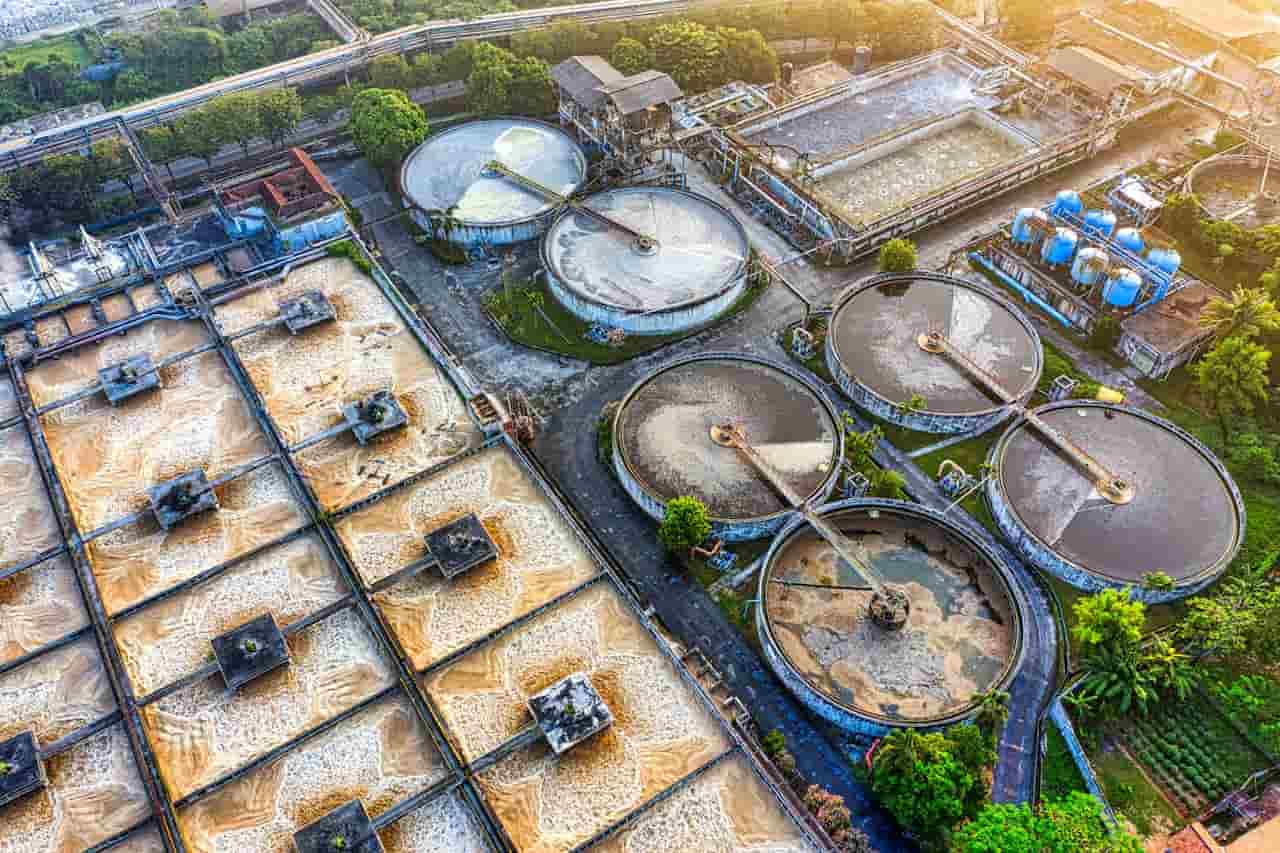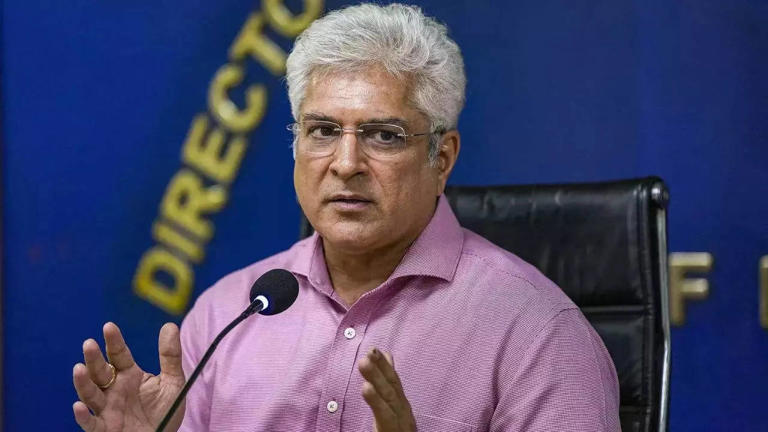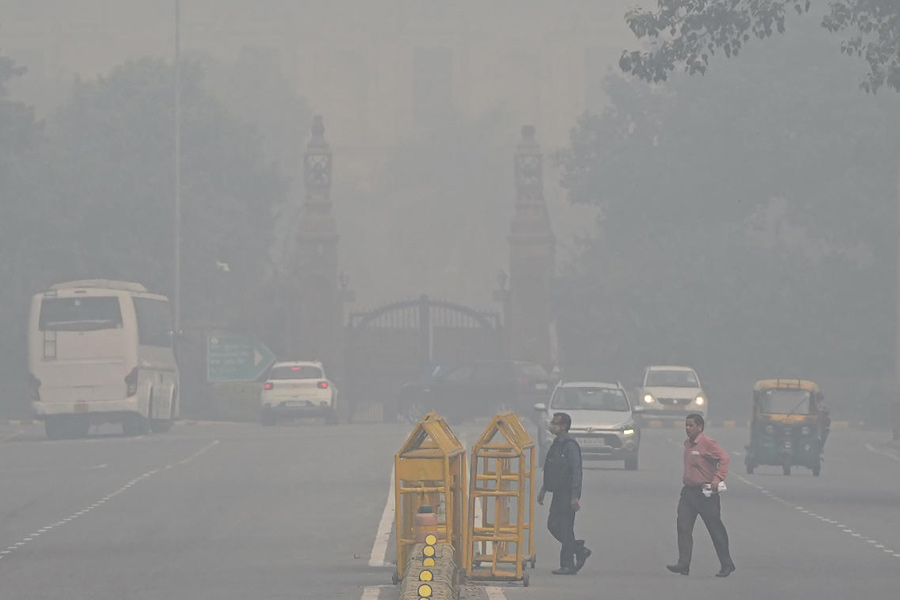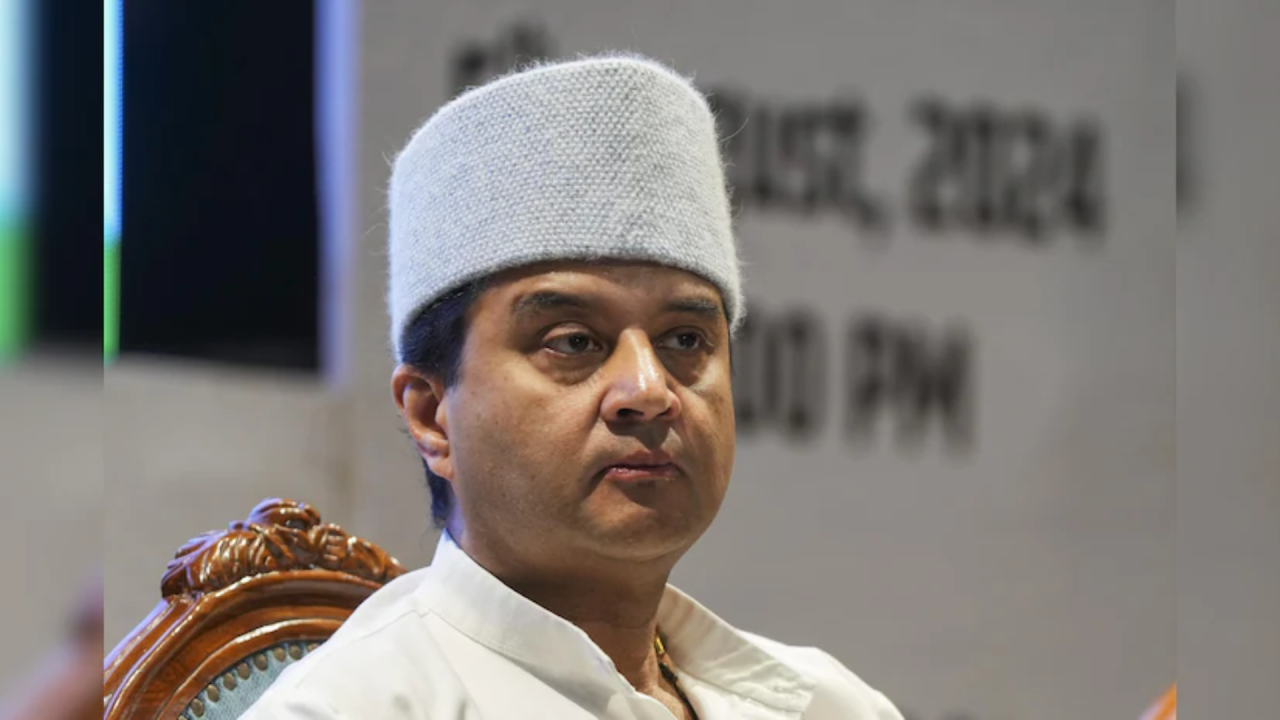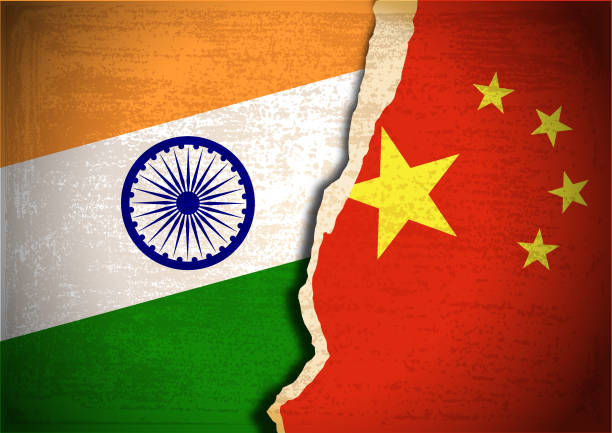Home / andaman-nicobar / Southwest Monsoon Arrives in Nicobar Islands, Signals Seasonal Shift
Southwest Monsoon Arrives in Nicobar Islands, Signals Seasonal Shift
By: My India Times
2 minutes read 39Updated At: 2025-03-07
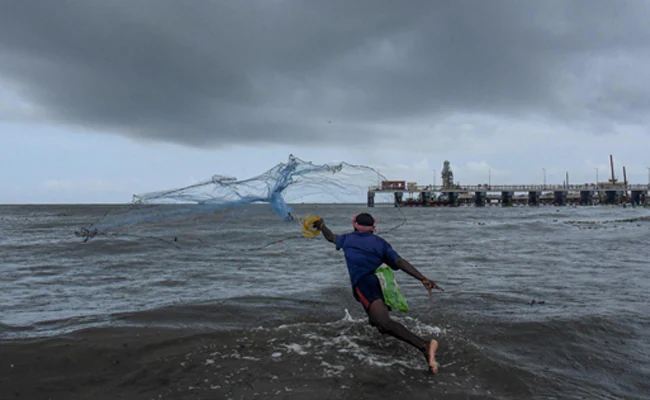
New Delhi:
India’s much-awaited southwest monsoon has officially made its entry over the Nicobar Islands, marking the beginning of the rainy season, the India Meteorological Department (IMD) confirmed on Sunday.
According to the weather agency, the monsoon currents have progressed into parts of the Maldives, Comorin region, South Bay of Bengal, Nicobar Islands, and the South Andaman Sea. This signals the gradual advance of the rain-bearing winds towards the Indian mainland.
Kerala Monsoon Onset Expected by May 31
IMD projections indicate that the monsoon is likely to reach Kerala by May 31, setting the stage for the seasonal showers across the subcontinent. Historical data suggests significant variations in the onset, with the earliest arrival recorded on May 11, 1918, and the latest on June 18, 1972.
Over the past few years, monsoon arrival in Kerala has shown fluctuations:
- 2023: June 8
- 2022: May 29
- 2021: June 3
- 2020: June 1
Relief Amidst Scorching Heatwave
The onset of monsoon brings a much-needed respite as large parts of India endure record-breaking heatwaves, with temperatures soaring up to 48°C in several states. The extreme heat has led to power shortages, water crises, and deteriorating health conditions. Southern India already faced intense heatwave spells in April, worsening the situation for millions.
With La Niña conditions expected to develop by August-September, IMD anticipates above-normal rainfall this monsoon season. The cooling of the equatorial Pacific Ocean, a key La Niña indicator, is likely to enhance monsoonal activity, benefiting agriculture and water resources.
Crucial for India's Agriculture and Water Security
The monsoon plays a pivotal role in India’s economy, with over 50% of cultivated land dependent on seasonal rains for irrigation. June and July are the most crucial months for sowing kharif crops like rice, pulses, and oilseeds. Additionally, monsoonal rainfall is vital for replenishing reservoirs and groundwater—key sources for drinking water and hydroelectric power generation.
As the country braces for the monsoon’s advance, all eyes remain on its distribution and intensity, factors that will significantly impact agriculture, water security, and overall economic stability in the coming months.
....New Delhi:
India’s much-awaited southwest monsoon has officially made its entry over the Nicobar Islands, marking the beginning of the rainy season, the India Meteorological Department (IMD) confirmed on Sunday.
According to the weather agency, the monsoon currents have progressed into parts of the Maldives, Comorin region, South Bay of Bengal, Nicobar Islands, and the South Andaman Sea. This signals the gradual advance of the rain-bearing winds towards the Indian mainland.
Kerala Monsoon Onset Expected by May 31
IMD projections indicate that the monsoon is likely to reach Kerala by May 31, setting the stage for the seasonal showers across the subcontinent. Historical data suggests significant variations in the onset, with the earliest arrival recorded on May 11, 1918, and the latest on June 18, 1972.
Over the past few years, monsoon arrival in Kerala has shown fluctuations:
- 2023: June 8
- 2022: May 29
- 2021: June 3
- 2020: June 1
Relief Amidst Scorching Heatwave
The onset of monsoon brings a much-needed respite as large parts of India endure record-breaking heatwaves, with temperatures soaring up to 48°C in several states. The extreme heat has led to power shortages, water crises, and deteriorating health conditions. Southern India already faced intense heatwave spells in April, worsening the situation for millions.
With La Niña conditions expected to develop by August-September, IMD anticipates above-normal rainfall this monsoon season. The cooling of the equatorial Pacific Ocean, a key La Niña indicator, is likely to enhance monsoonal activity, benefiting agriculture and water resources.
Crucial for India's Agriculture and Water Security
The monsoon plays a pivotal role in India’s economy, with over 50% of cultivated land dependent on seasonal rains for irrigation. June and July are the most crucial months for sowing kharif crops like rice, pulses, and oilseeds. Additionally, monsoonal rainfall is vital for replenishing reservoirs and groundwater—key sources for drinking water and hydroelectric power generation.
As the country braces for the monsoon’s advance, all eyes remain on its distribution and intensity, factors that will significantly impact agriculture, water security, and overall economic stability in the coming months.
By: My India Times
Updated At: 2025-03-07
Tags: andaman-nicobar News | My India Times News | Trending News | Travel News
Join our WhatsApp Channel






































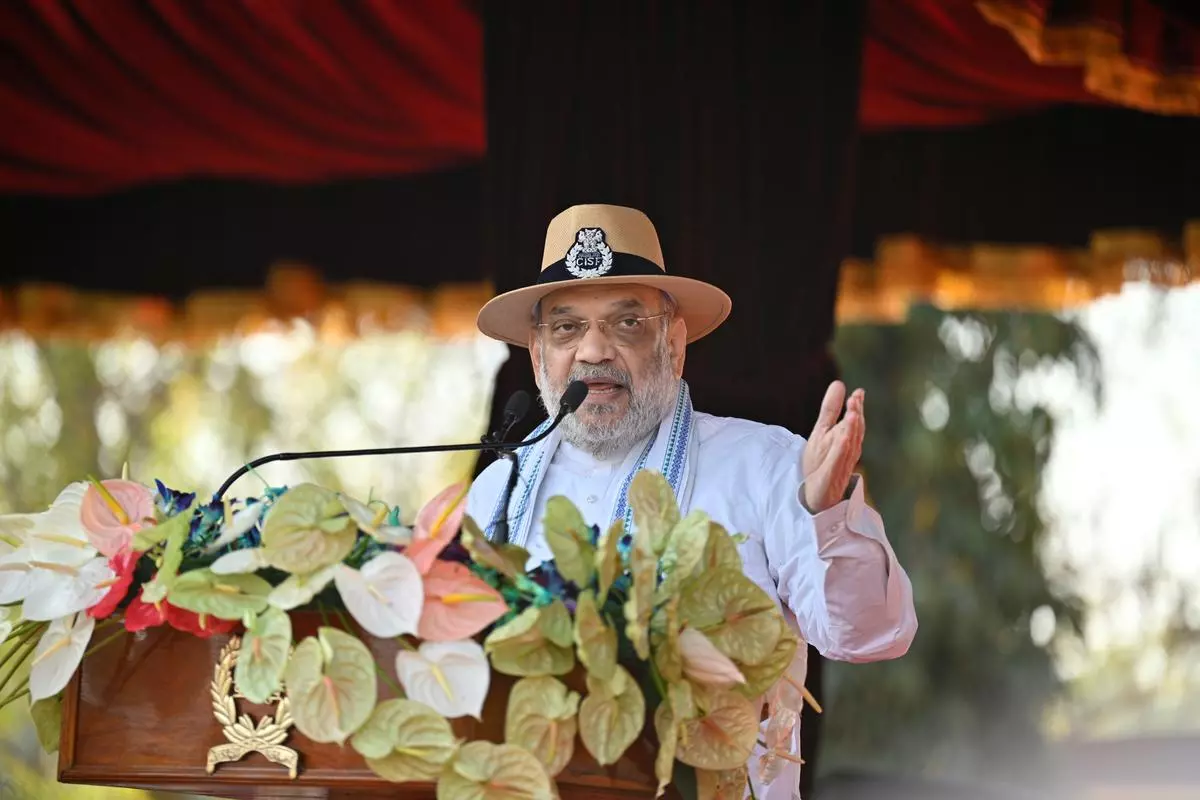

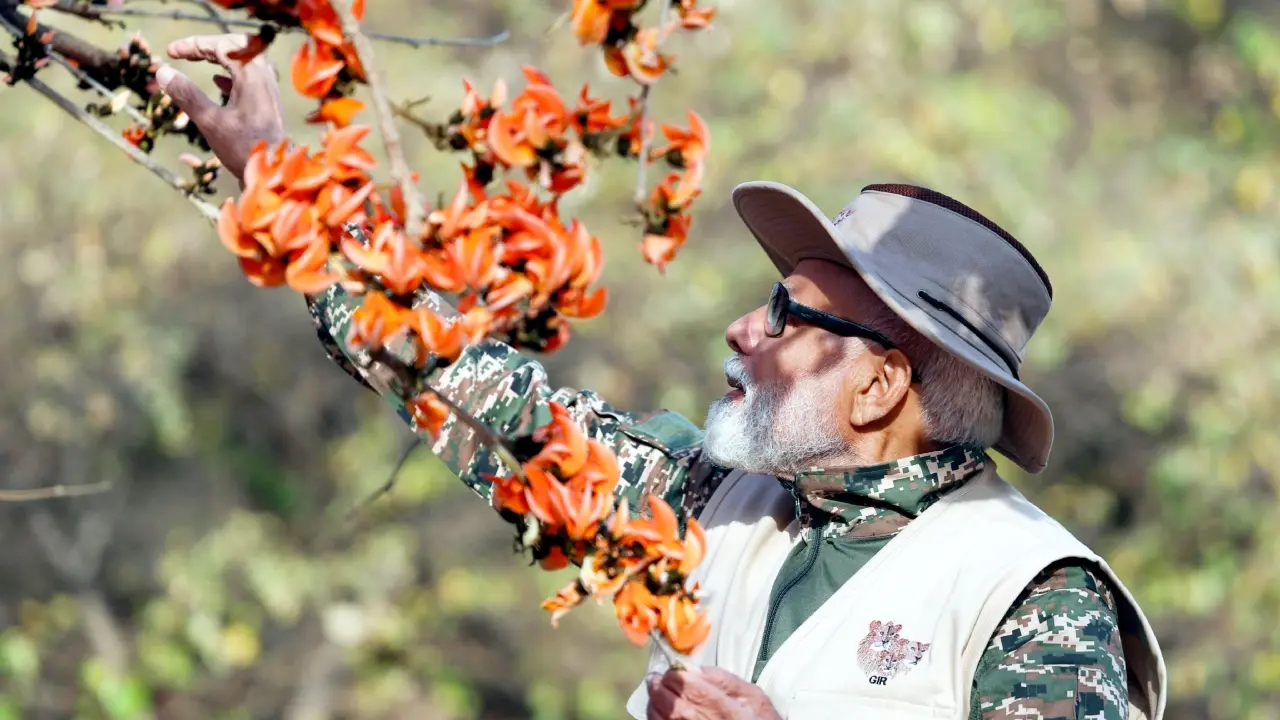



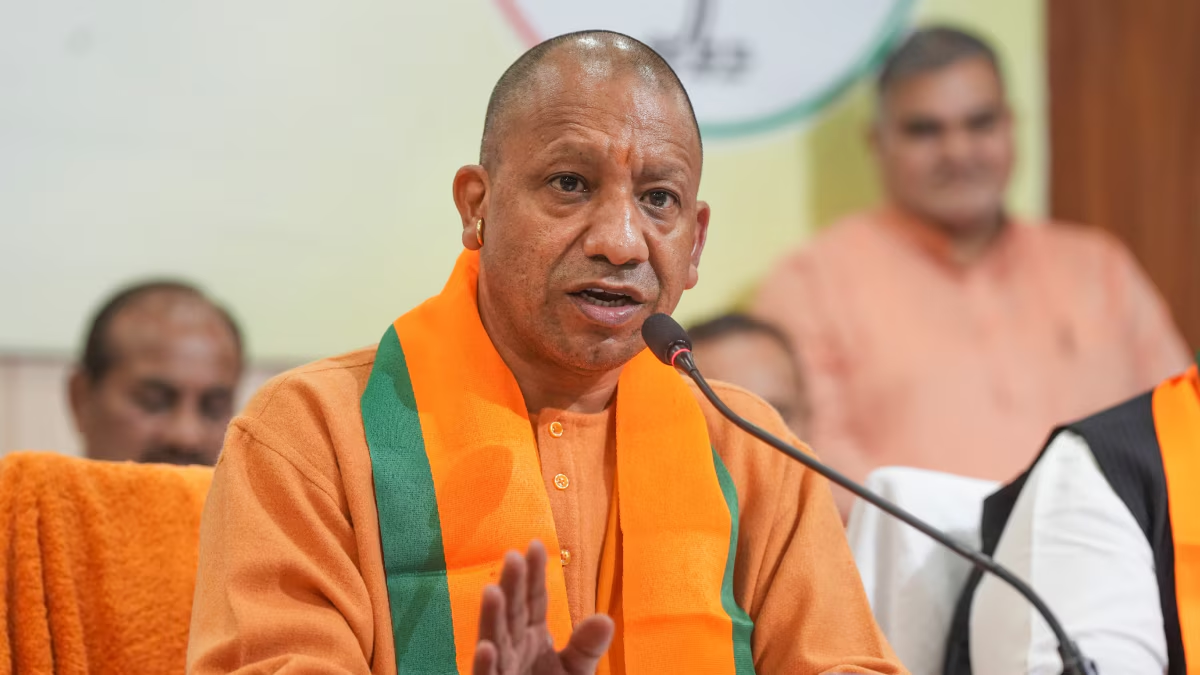
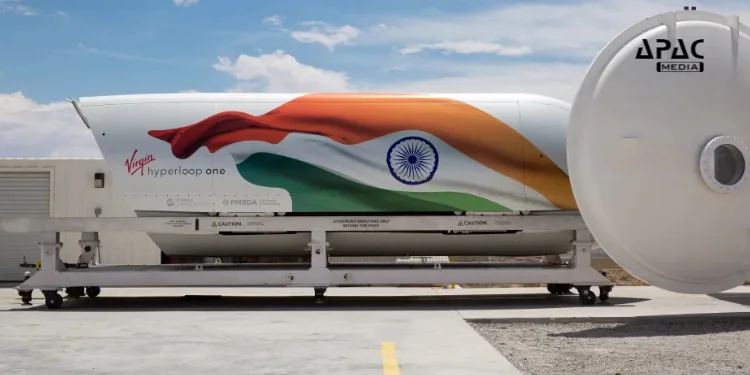



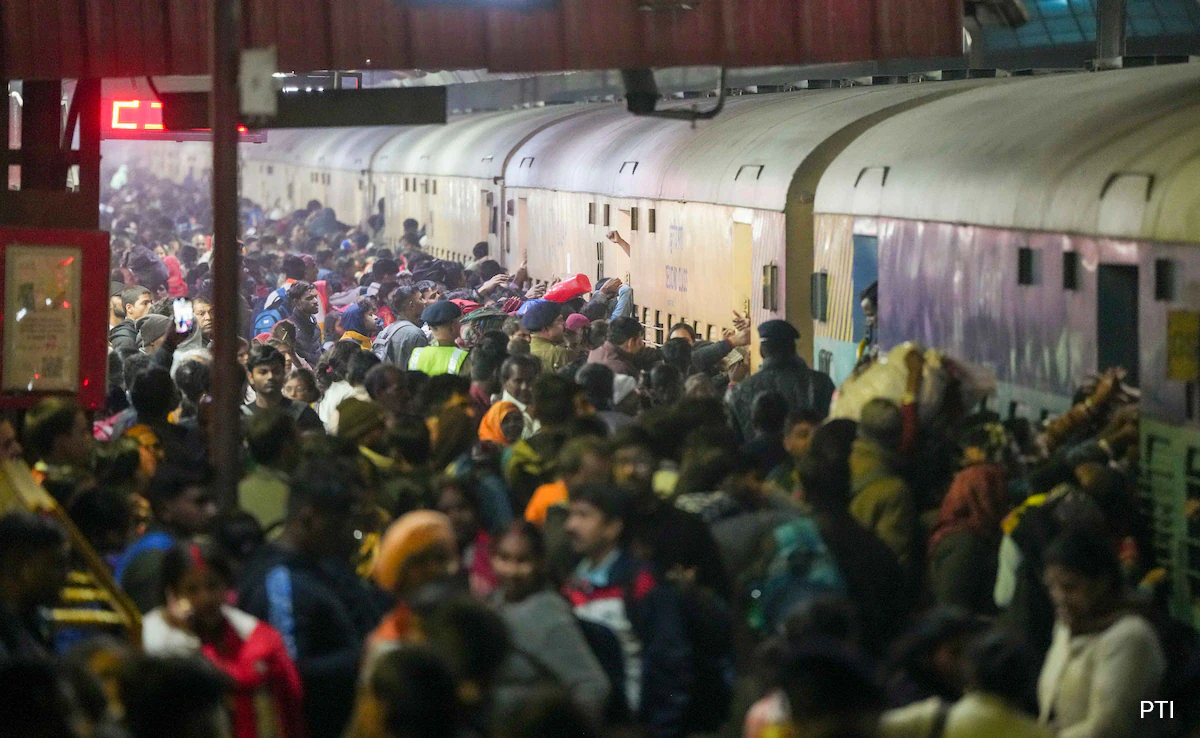


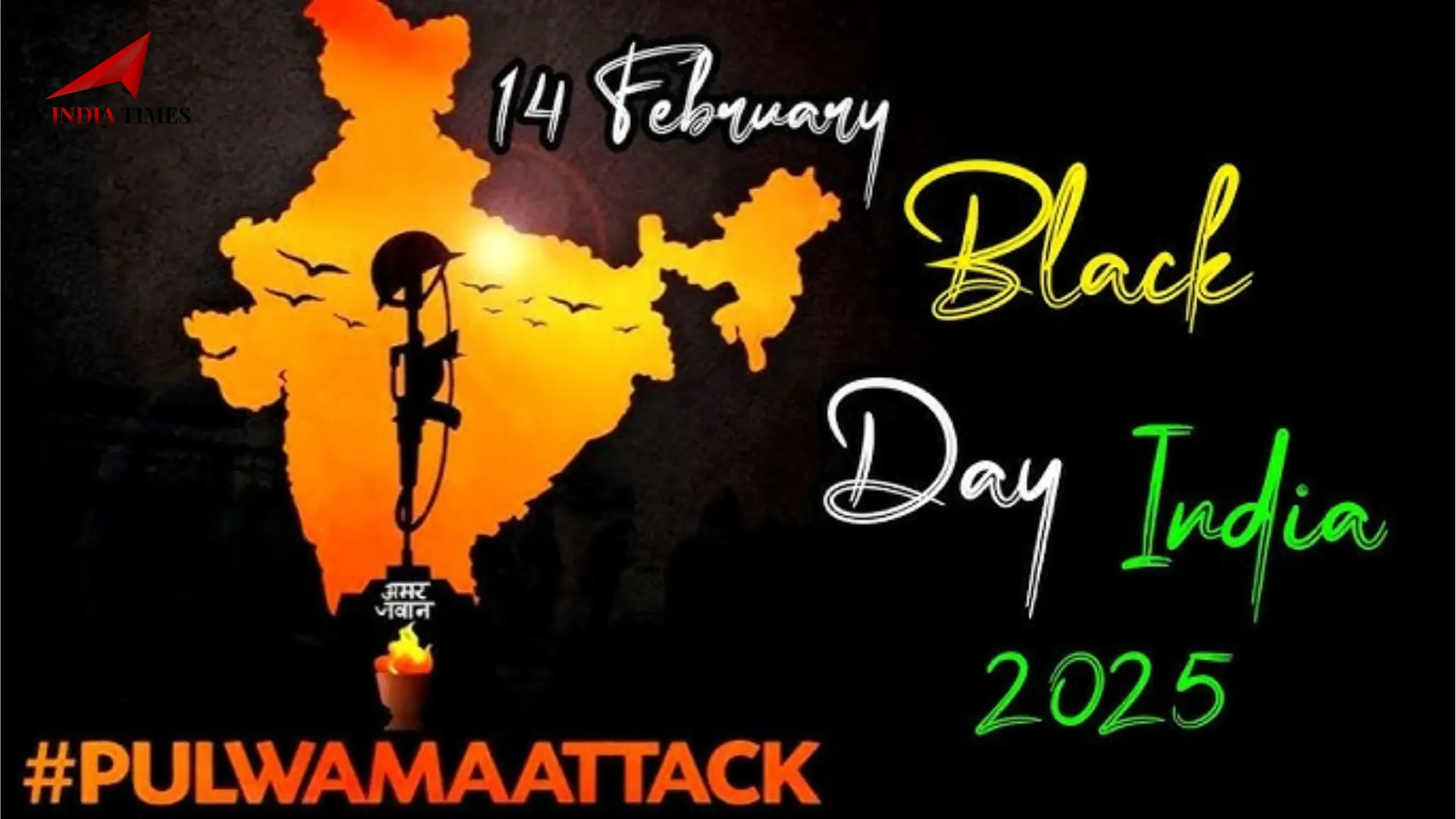

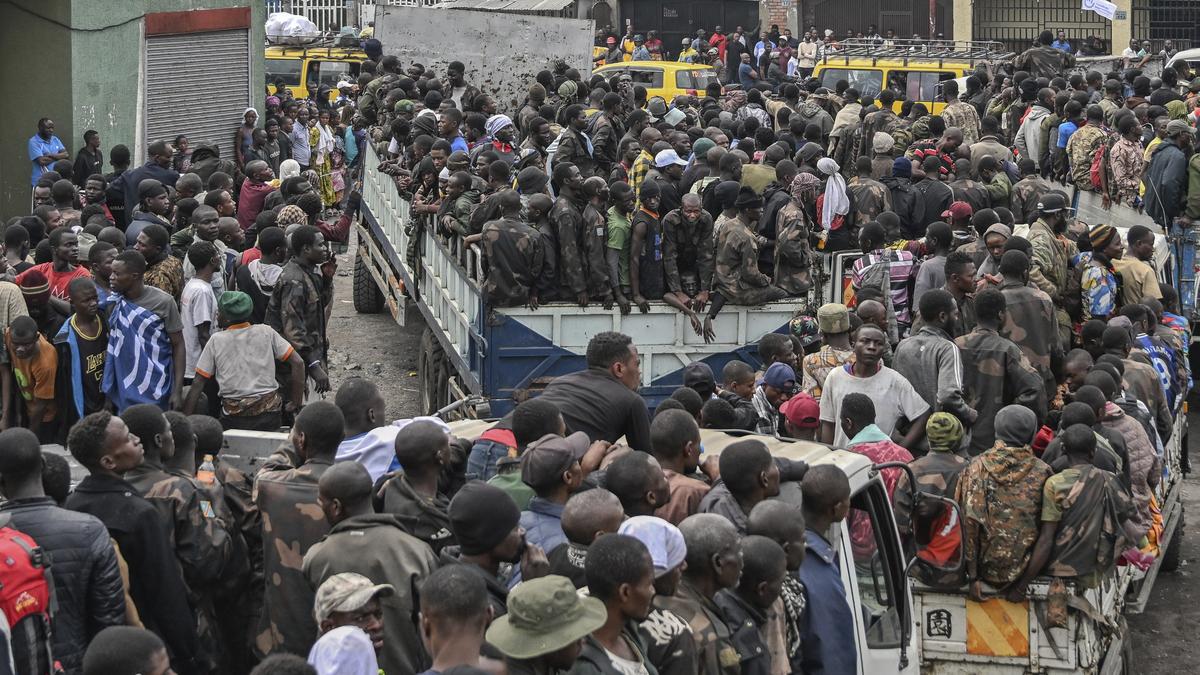
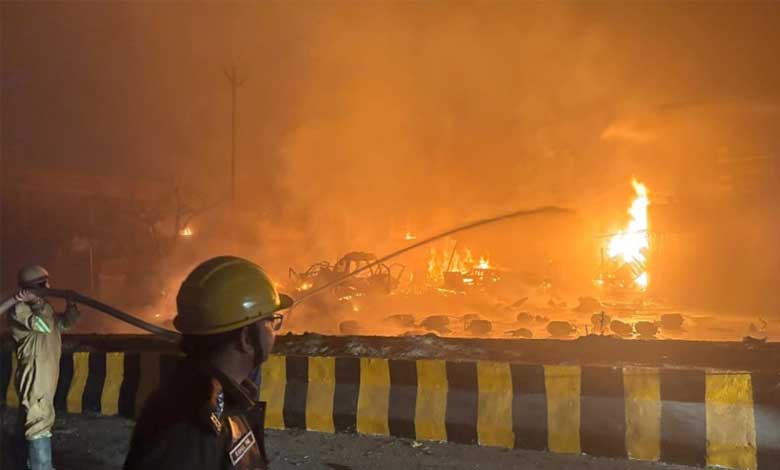



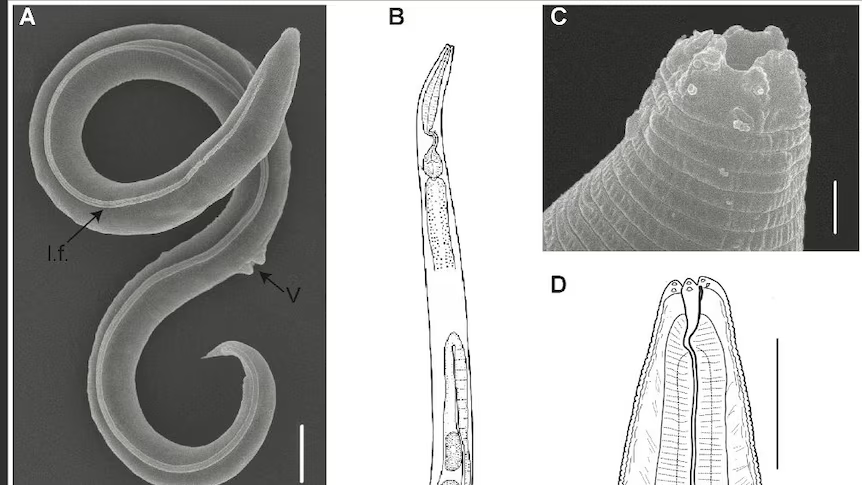
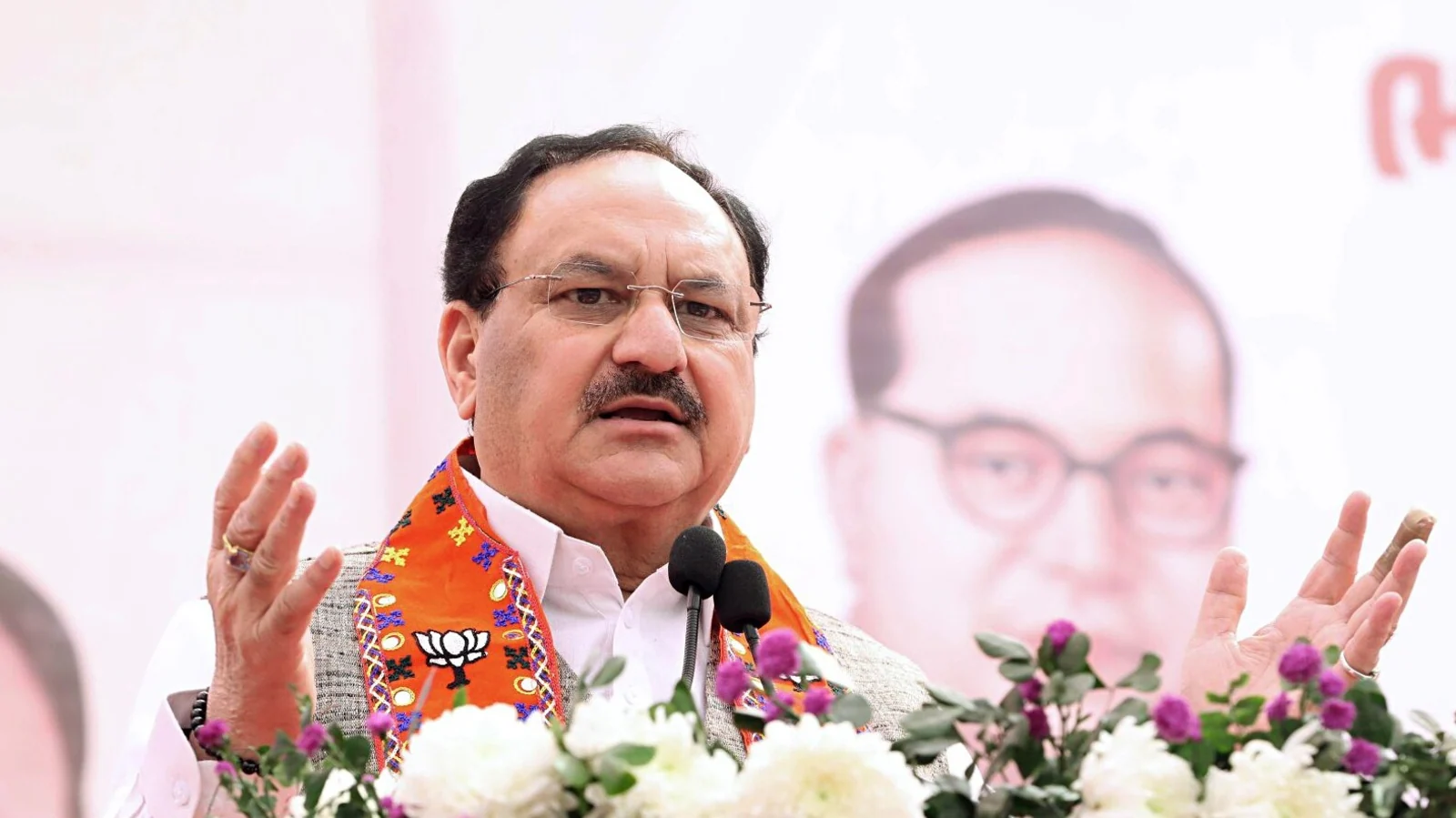



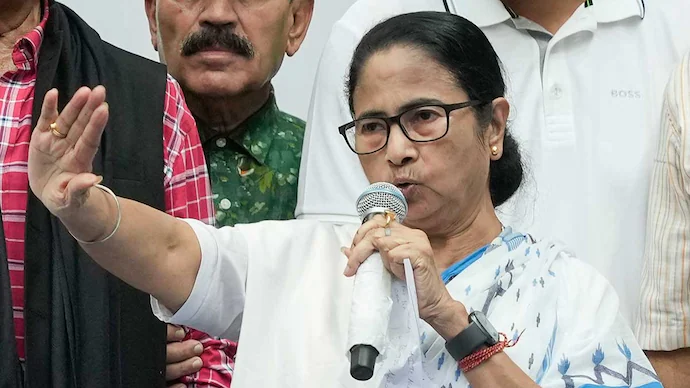



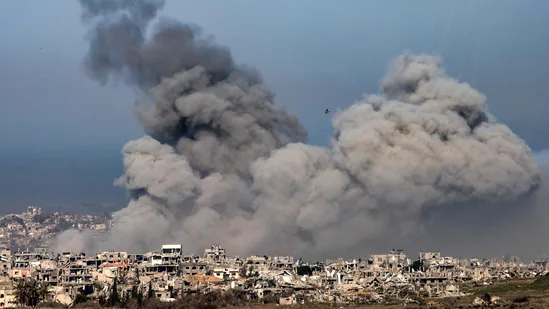
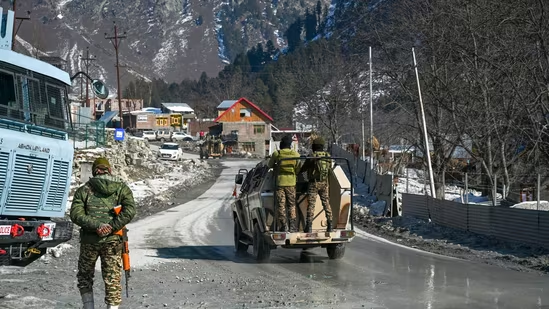
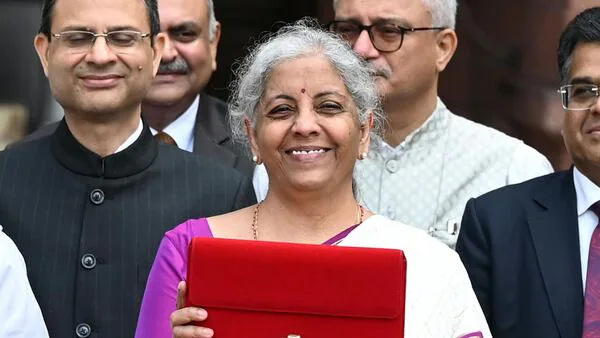
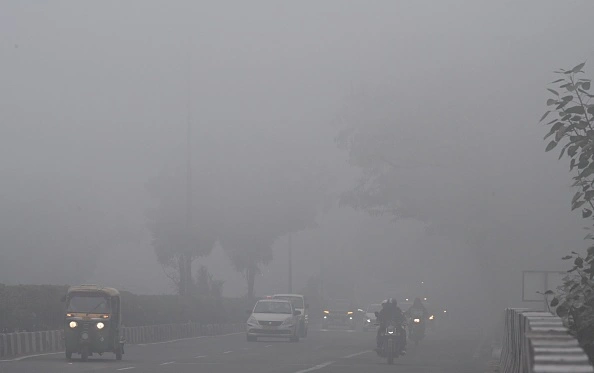

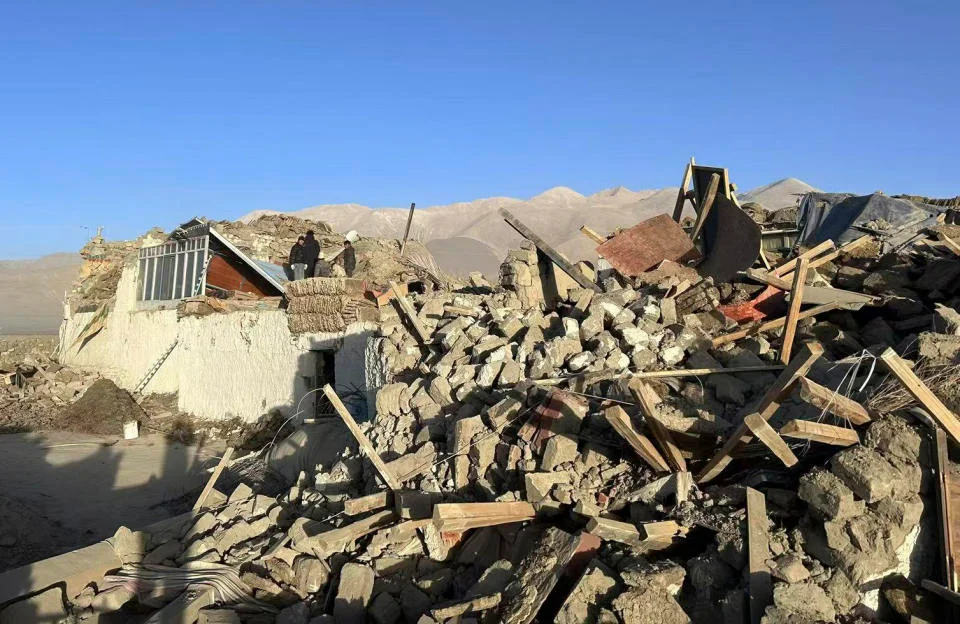




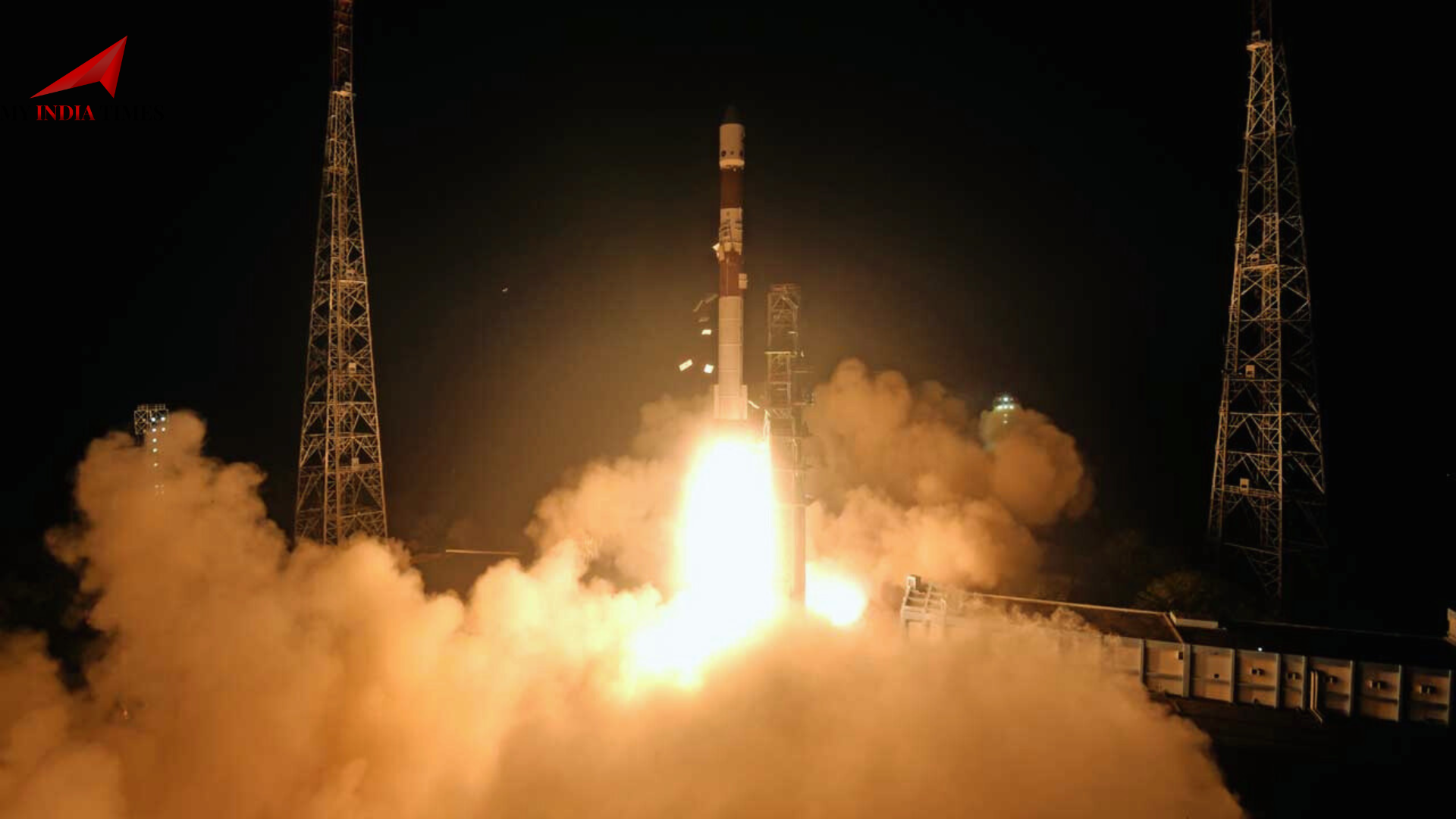



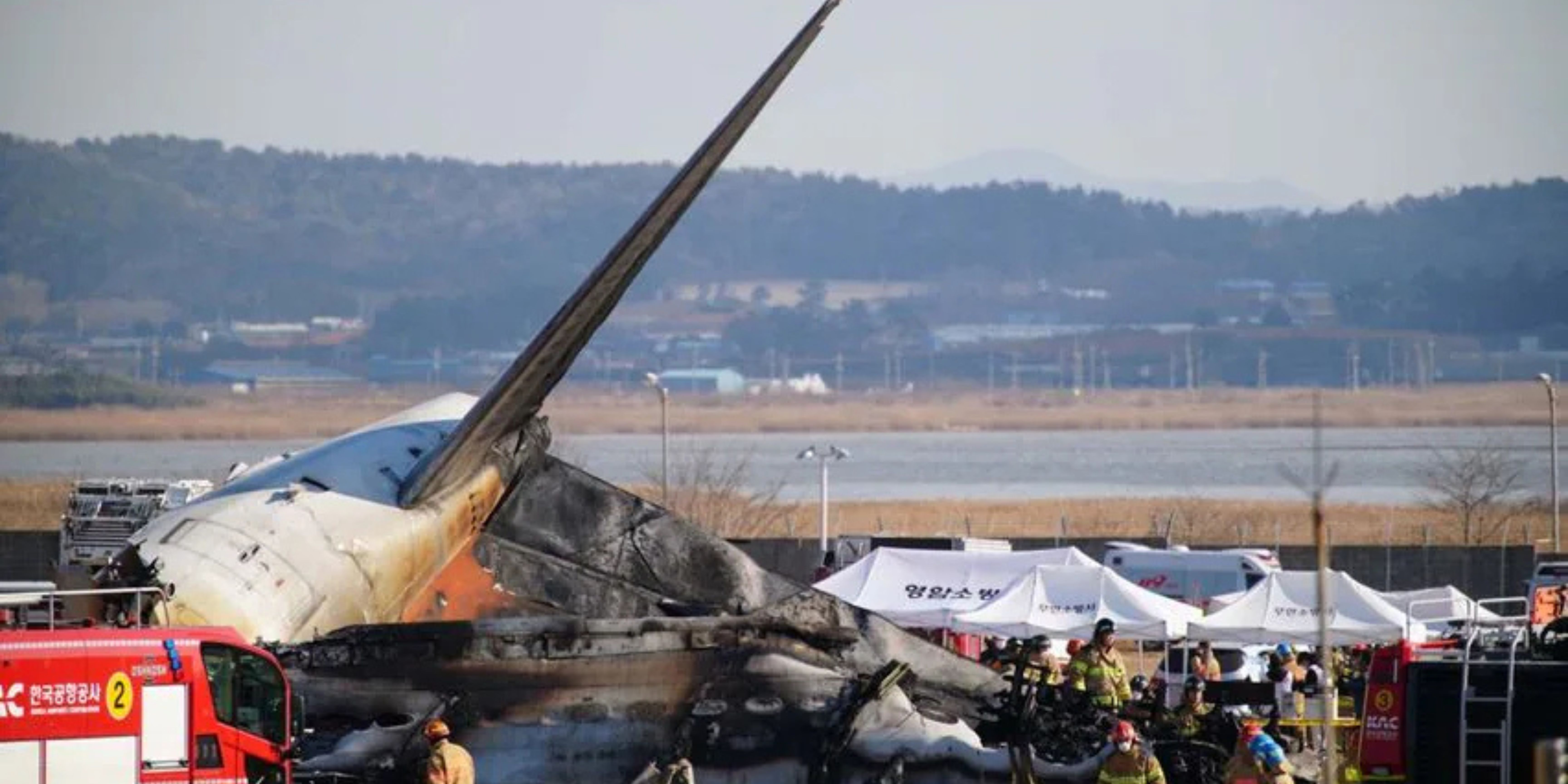
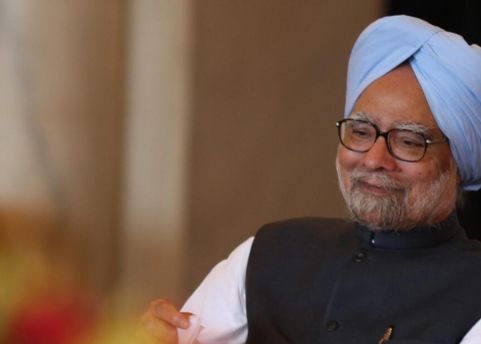

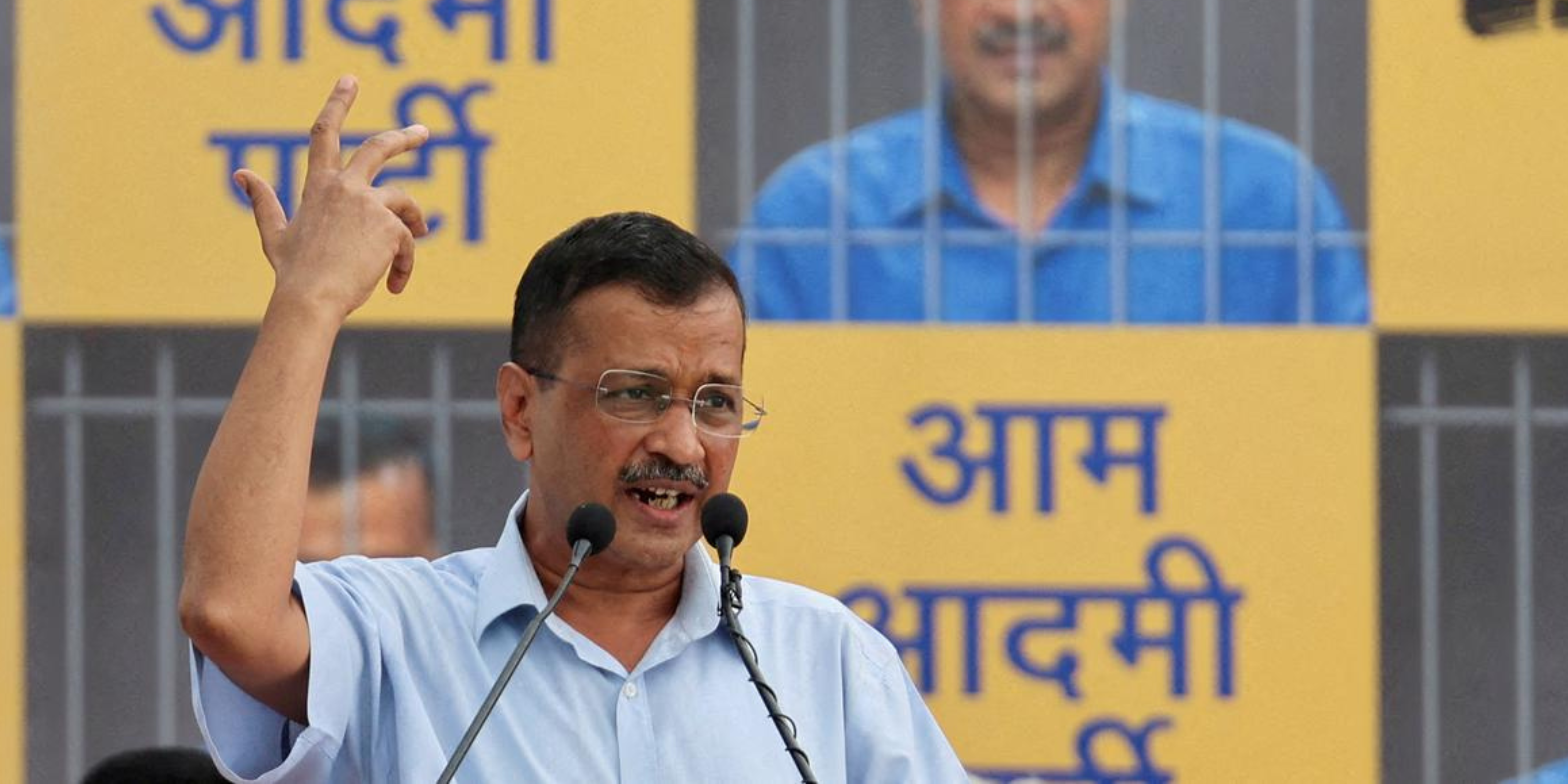


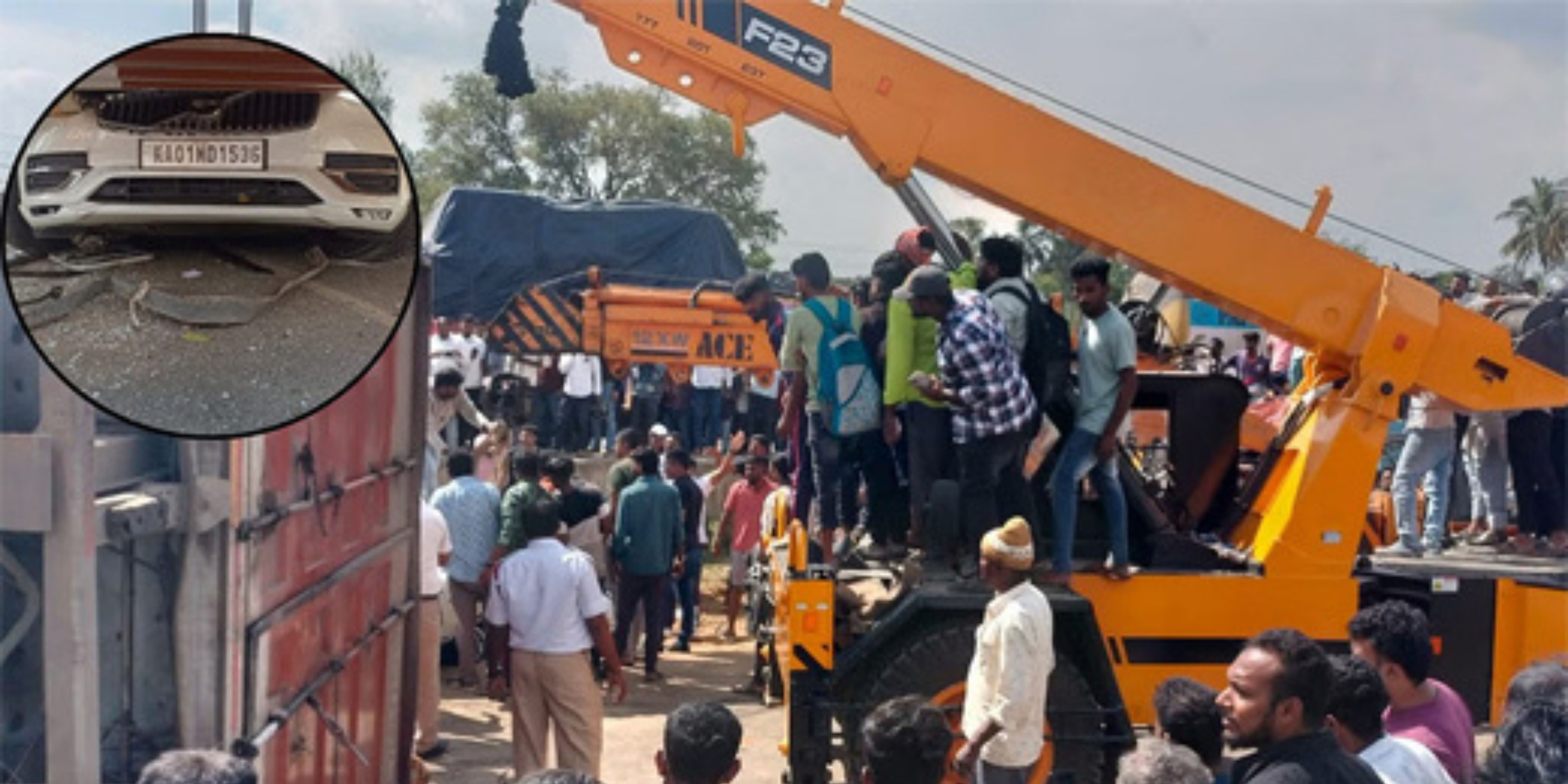




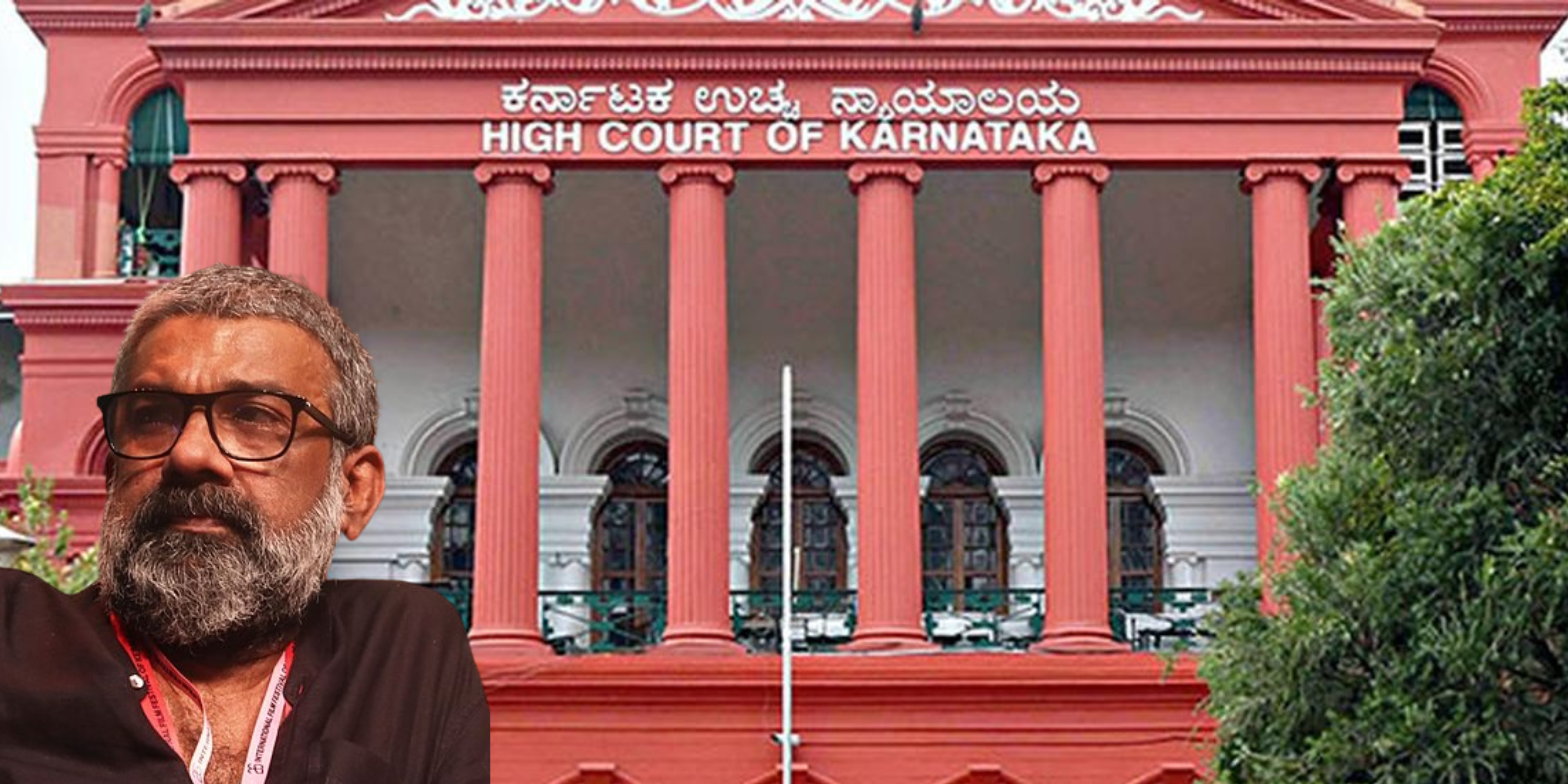
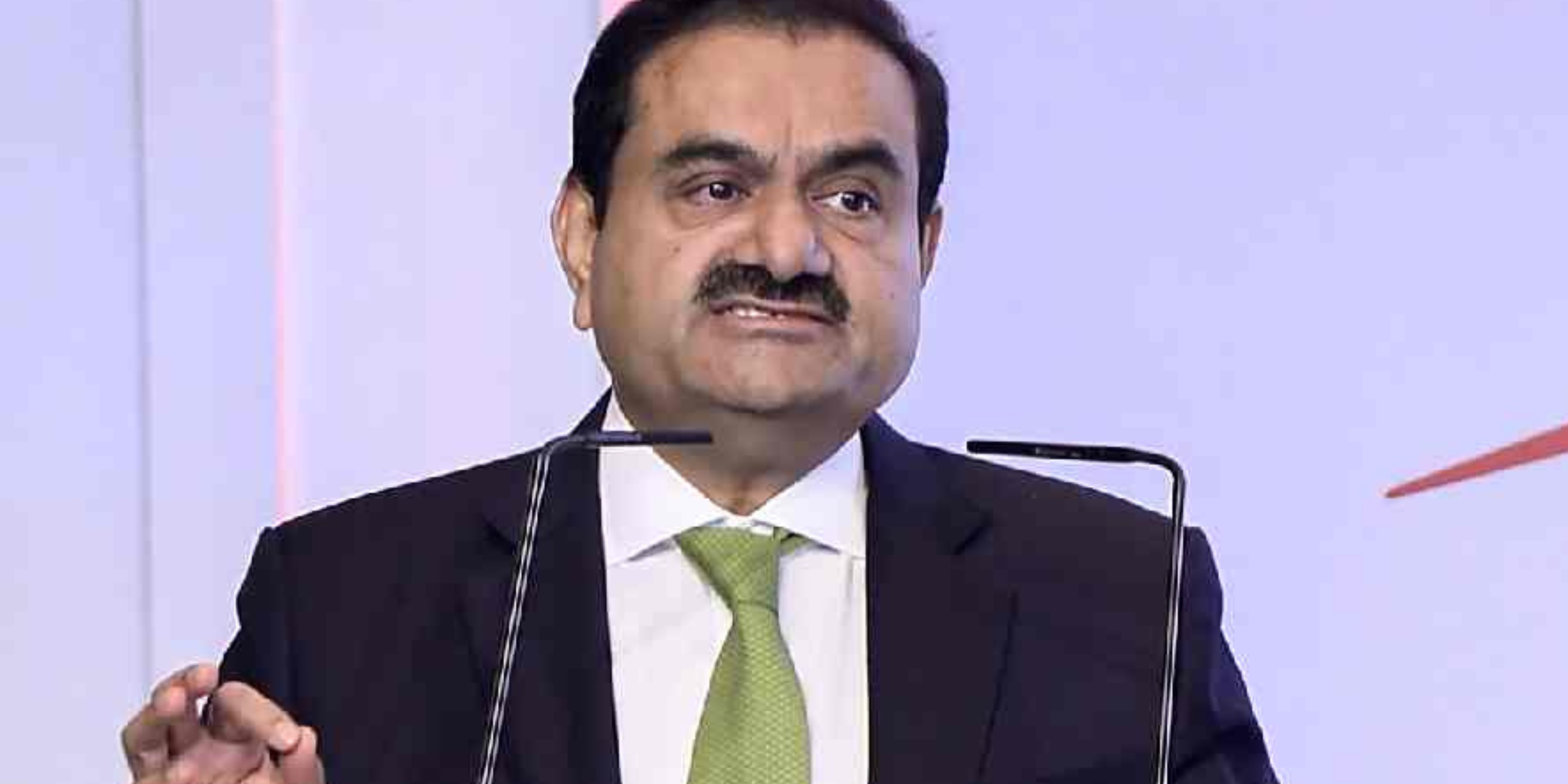
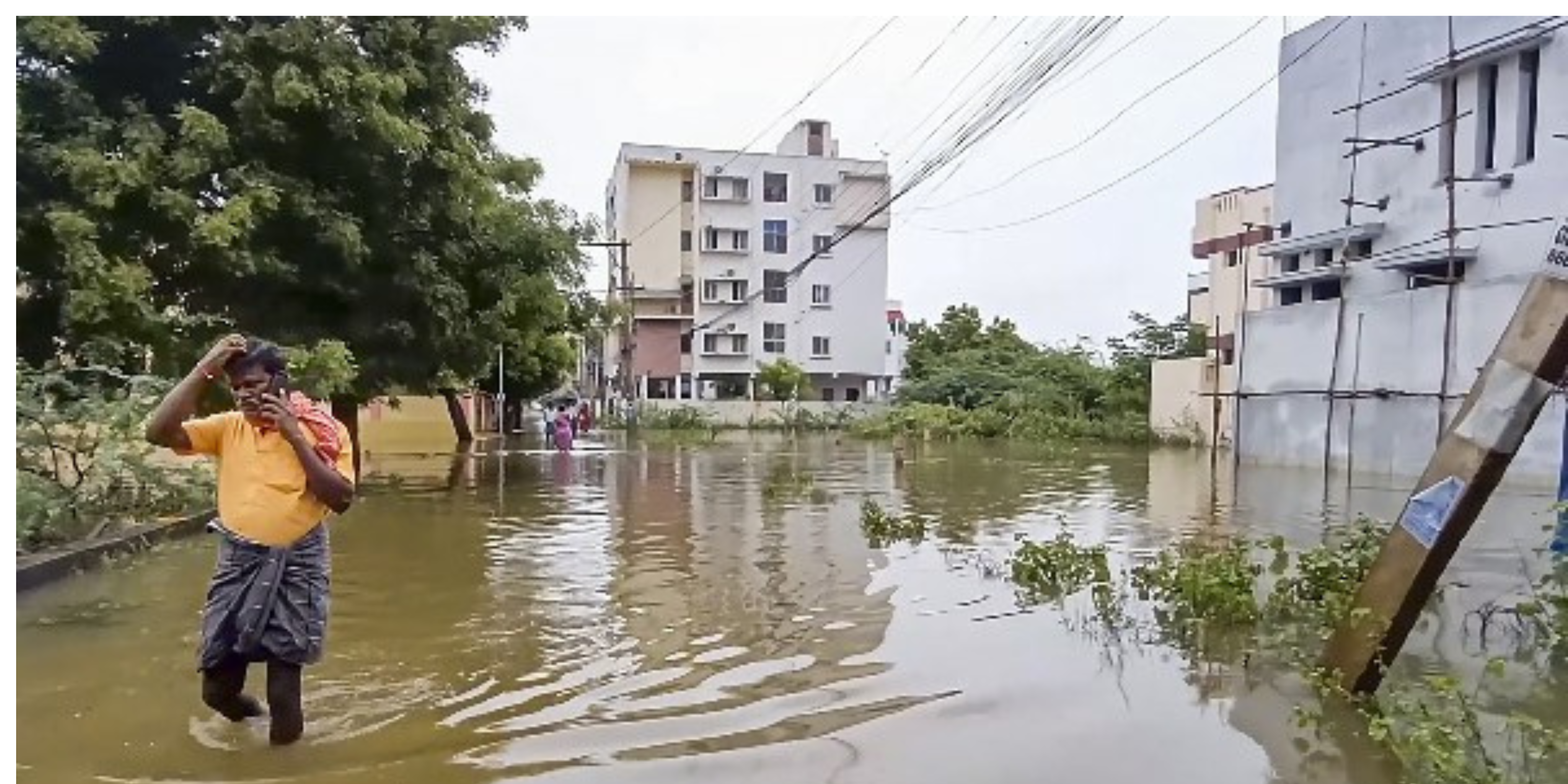
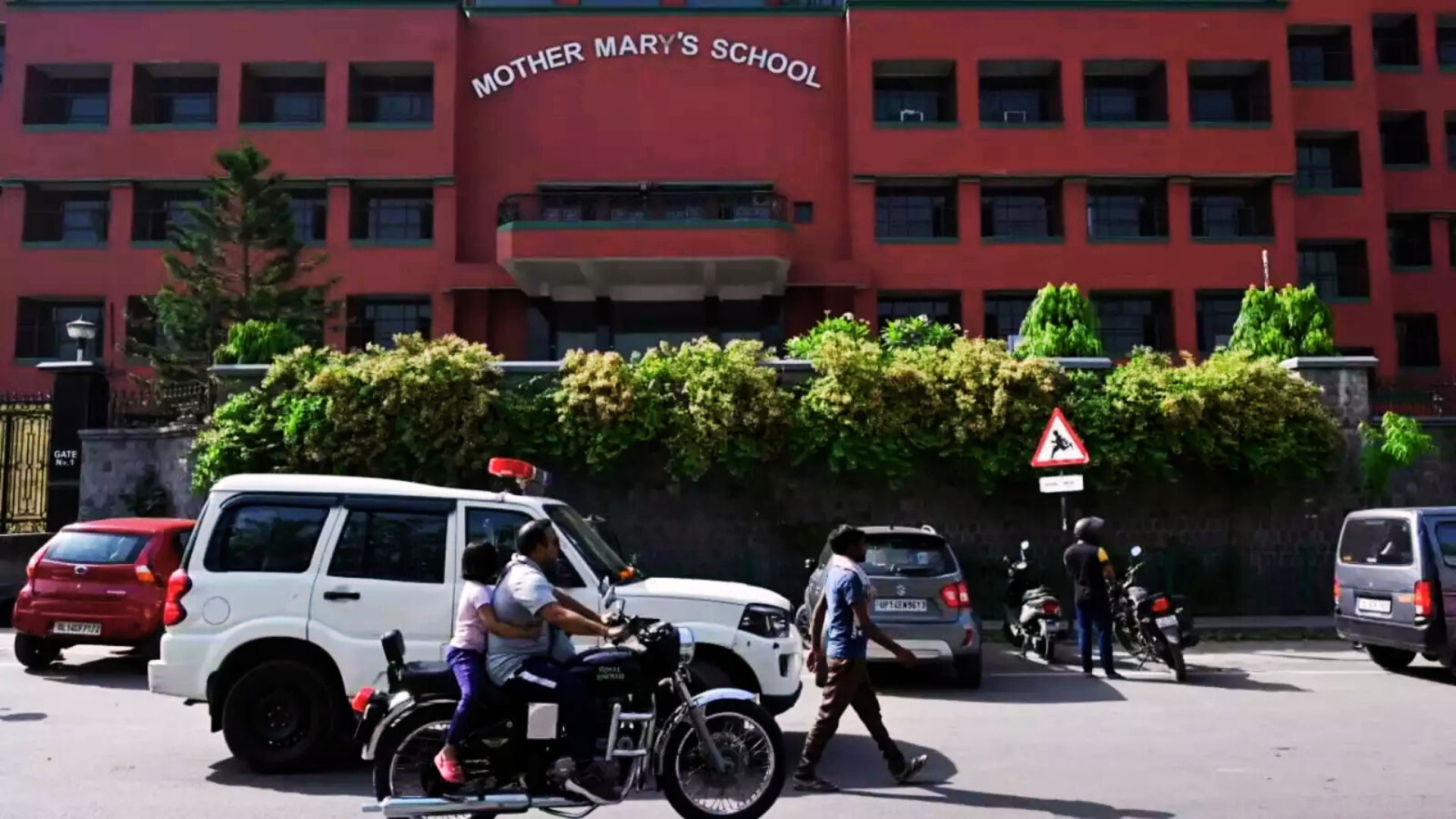





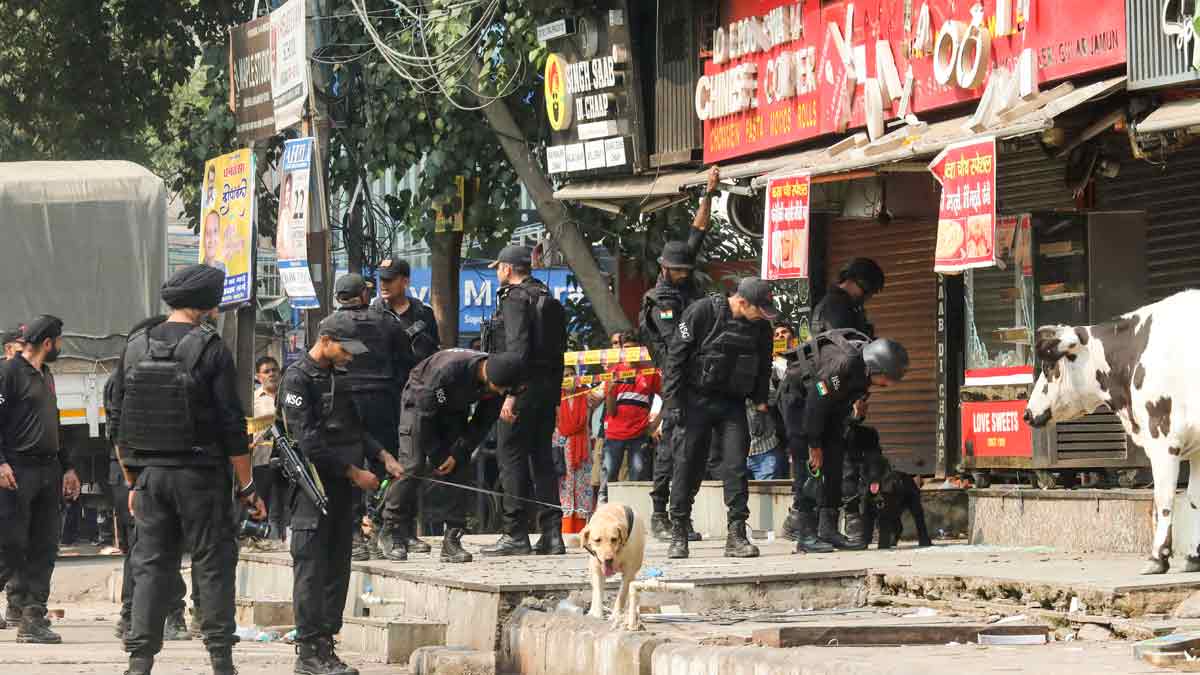
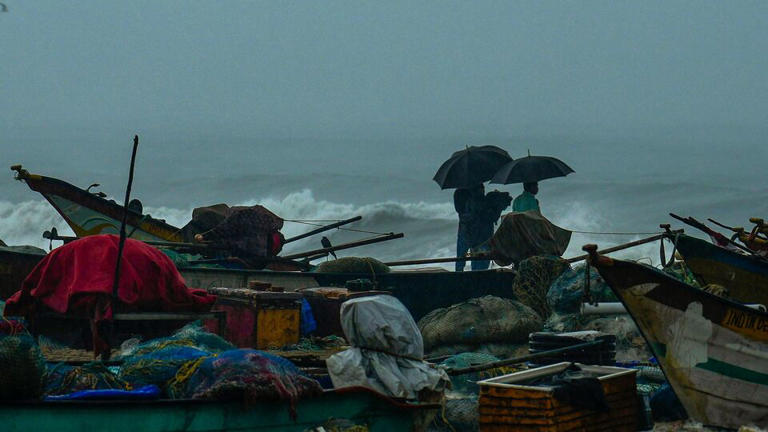

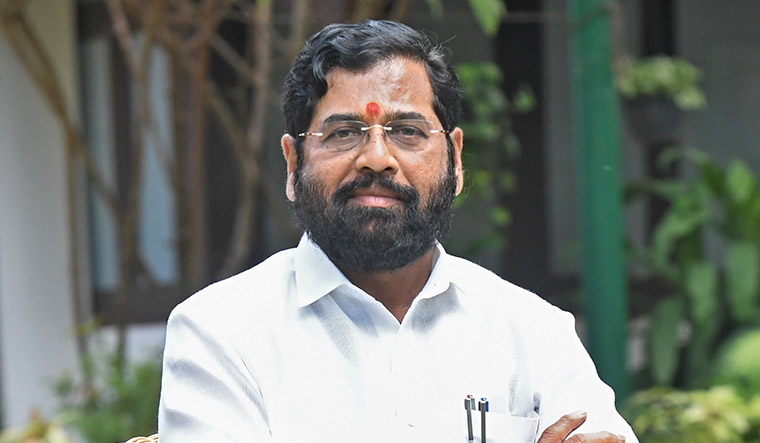
.png)
 (1).png)
